A bog garden is a unique and fascinating addition to any outdoor space, offering an ideal habitat for water-loving plants and a haven for wildlife. Unlike traditional gardens, bog gardens thrive in wet, poorly-drained soil, making them perfect for areas that naturally retain water or receive excessive rainfall.
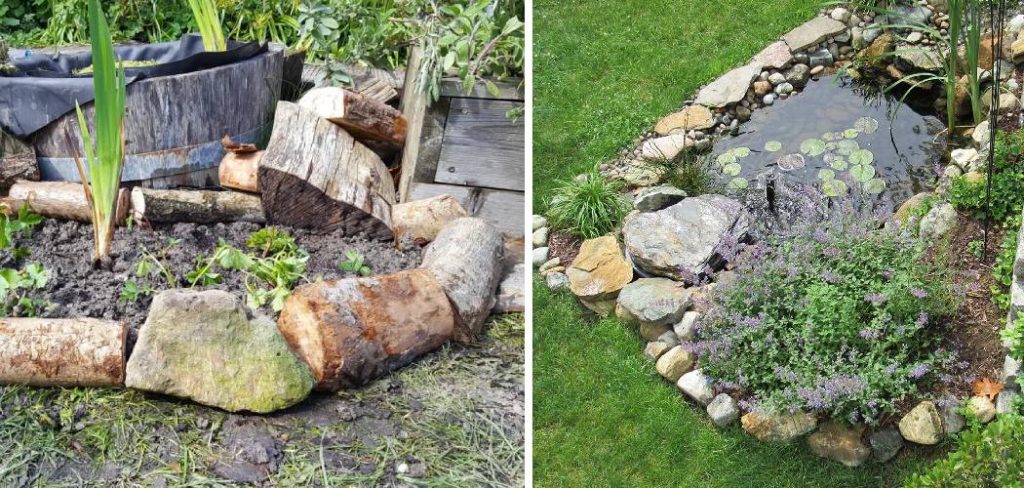
Creating a bog garden allows you to cultivate an array of vibrant plants that wouldn’t typically grow in drier conditions, adding diversity and visual interest to your landscape. Whether you’re an experienced gardener or a beginner, establishing a bog garden can be a rewarding and environmentally friendly project. In this article on how to create a bog garden, we’ll cover the essentials to get you started.
Materials and Tools
Before digging into the soil, gather all the necessary materials and tools. You will need:
- Shovel or Spade
- Garden Rake
- Plastic Liner or Pre-formed Pond Insert
- Water Pump (Optional)
- Peat Moss
- Sand
- Compost or Planting Mix
- Gravel or Rocks
- Plants That Thrive in Boggy Conditions
5 Simple Step-by-Step Guides on How to Create a Bog Garden
Step 1: Prepare the Area
Choose a suitable location for your bog garden, ideally in a low-lying area that naturally collects water or remains damp. Clear the site of any grass, weeds, or debris, ensuring you have a clean workspace. Use a shovel or spade to define the boundaries of your garden, marking out the desired shape and size.
Dig down to a depth of at least 12-18 inches, creating a depression that will help retain water and form the base of your bog garden. Take time to level the area as much as possible to ensure even water distribution.
Step 2: Choose Your Plants
Selecting the right plants is crucial to the success of your bog garden. Focus on native or water-loving species that thrive in damp, nutrient-poor conditions to ensure longevity and biodiversity. Popular choices include pitcher plants, sundews, and marsh marigolds, as well as soft rushes or ferns for added height and texture.
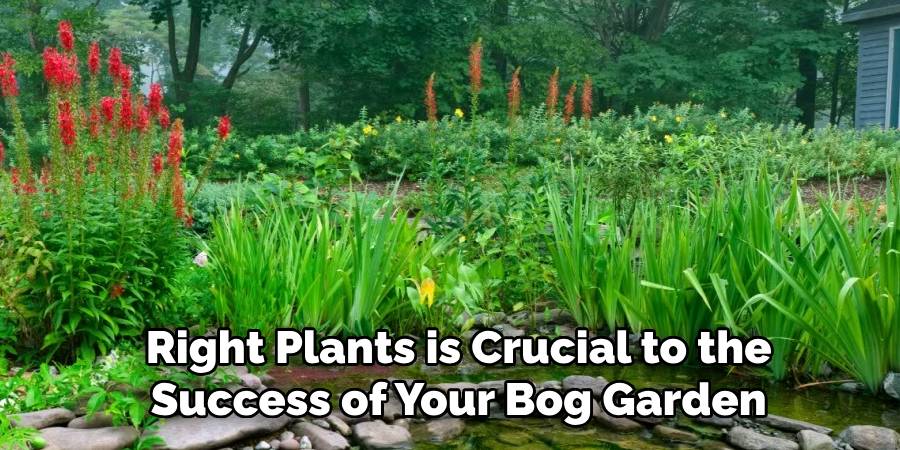
Consider the light conditions of your site, as some plants prefer full sun while others thrive in partial shade. When arranging your plants, aim for a natural look by clustering species together and leaving space for growth. This thoughtful selection will create a thriving and visually appealing ecosystem.
Step 3: Adding Final Touches
After selecting and arranging your plants, it’s time to add some final touches to complete the look of your rain garden. Start by adding a layer of mulch around the base of your plants to help retain moisture and suppress weed growth.
You can also use natural materials such as rocks or driftwood to add visual interest and create a more natural appearance.
Step 4: Maintenance and Care
Once your rain garden is complete, it’s important to continue maintaining and caring for it to ensure its long-term success. Regular watering, especially during dry spells, will help keep your plants healthy and thriving. You may also need to prune or trim back any overgrown plants as needed.
It’s also important to monitor the health of your rain garden and make adjustments as necessary. If certain plants are not doing well in the specific conditions of your rain garden, you may need to replace them with more suitable options.
Step 5: Enjoy Your Rain Garden
Congratulations, you now have a beautiful and functional rain garden! Not only is it serving as a sustainable solution for managing stormwater runoff, but it’s also providing important habitat for local wildlife.
Take the time to sit back and enjoy your rain garden. Watch as birds and butterflies flock to the plants and listen to the soothing sound of rainwater being absorbed into the ground. Share your experiences with friends, family, and neighbors to spread awareness about the benefits of having a rain garden.
Following these steps on how to create a bog garden will not only help beautify your landscape but also contribute to the overall health of our planet. By using native plants and creating a habitat for local wildlife, you are promoting biodiversity and helping to combat climate change.
Selecting Plants for Your Bog Garden
Choosing the right plants is a crucial step in creating a thriving bog garden. Native plant species are highly recommended, as they are well-adapted to your local climate and soil conditions. Look for plants that enjoy consistently moist or waterlogged environments, such as marsh marigold, cardinal flower, and pitcher plants.
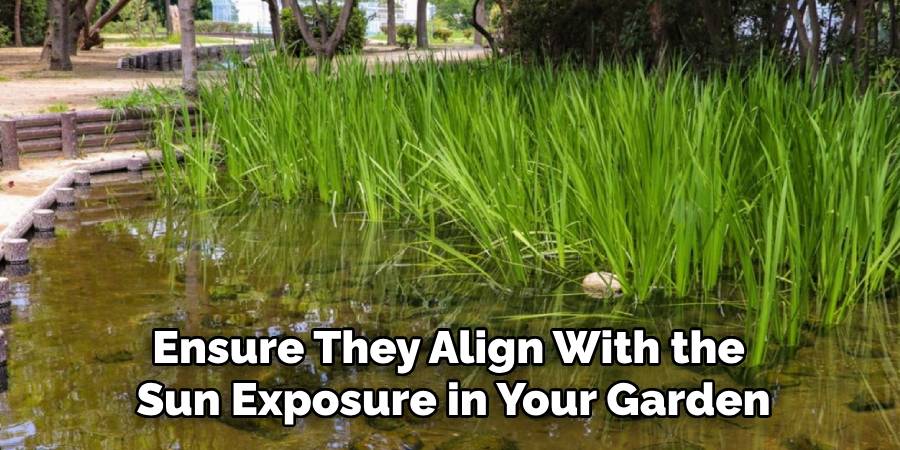
Adding a mix of flowering perennials, grasses, and shrubs can provide year-round interest while also attracting pollinators like bees and butterflies. Be sure to research the light requirements for each plant to ensure they align with the sun exposure in your garden. By selecting a diverse array of species, you’ll create a balanced ecosystem that supports wildlife and adds stunning visual appeal to your outdoor space.
Attracting Wildlife to Your Bog Garden
A bog garden can serve as a sanctuary for various creatures, creating a vibrant hub of life right in your backyard. To attract wildlife, consider planting native vegetation that provides food and shelter for local species. Berry-producing shrubs, nectar-rich flowers, and seed heads can entice birds, bees, and butterflies to visit and even nest nearby.
Additionally, incorporating small water features, such as shallow pools or muddy areas, can attract amphibians like frogs and salamanders, which thrive in damp environments. Avoid using pesticides and chemicals to maintain a natural, healthy ecosystem. By fostering these conditions, your bog garden can become a thriving habitat that supports a wide range of wildlife.
Do You Need to Use Professionals?
Whether or not to hire professionals for your bog garden largely depends on the scope and complexity of your project. For simple, small-scale bog gardens, many enthusiasts can manage the process independently with some research and basic tools. However, larger or more intricate designs may benefit from professional assistance. Landscape architects or garden designers can help create a well-structured layout and ensure proper water management, which is crucial for a bog garden’s success.
Additionally, experts in native plants and wildlife can offer guidance on selecting the most suitable species to attract biodiversity. While hiring professionals may add to the initial cost, their expertise can save time and prevent costly mistakes, leading to a healthier and more sustainable bog garden in the long term.
How Much Will It Cost?
The cost of creating a bog garden can vary significantly based on several factors, such as the size of the garden, the type of plants selected, and whether professional help is hired. For a small DIY bog garden, expenses may include the cost of liner materials, soil amendments, and native plants, which can range from $100 to $500. If you choose to involve professionals, costs will increase to account for their planning, labor, and expertise.
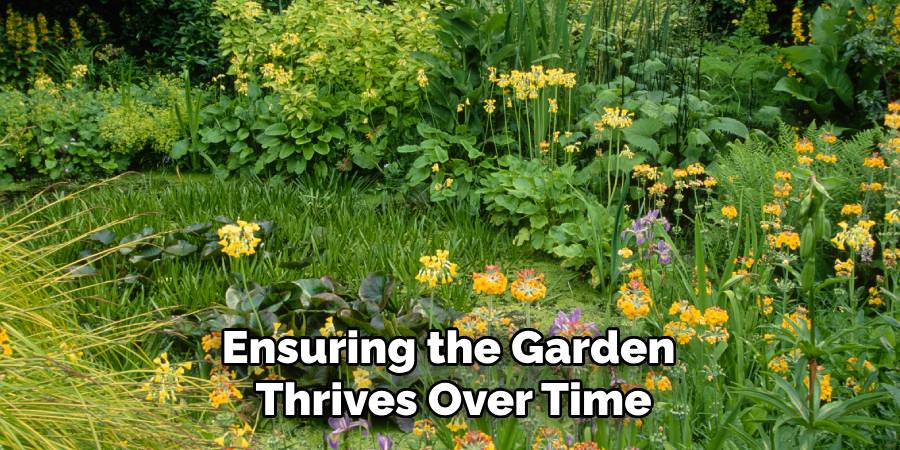
Larger or more elaborate bog gardens with diverse plant species and intricate designs may run into thousands of dollars. It’s essential to budget not only for the initial setup but also for ongoing maintenance, ensuring the garden thrives over time.
Frequently Asked Questions
Q1: Do I Need a Large Backyard to Create a Bog Garden?
A: No, you can create a smaller bog garden in containers or even in an old bathtub! As long as there is enough moisture and shade, your bog garden can thrive in a small space.
Q2: Can I Add Fish to My Bog Garden?
A: While it may be tempting to add fish for decoration, they are not recommended for bog gardens. Fish can eat beneficial insects and disturb the delicate balance of the ecosystem. Stick to plants and insects for a healthy bog garden.
Q3: How Often Do I Need to Water My Bog Garden?
A: The frequency of watering will depend on the specific plants in your bog garden and the climate you live in. However, as a general rule, keep the soil consistently moist but not waterlogged. This may mean watering once or twice a week, but be sure to monitor your plants closely for signs of dehydration.
Q4: Can I Use Tap Water for My Bog Garden?
A: Most tap water contains chlorine and other chemicals that can harm sensitive bog plants. It is best to use rainwater or distilled water for your bog garden. If you must use tap water, let it sit out for 24 hours before watering to allow the chlorine to dissipate. Additionally, make sure to check with your local water authority for any specific guidelines or restrictions regarding tap water usage for outdoor gardening.
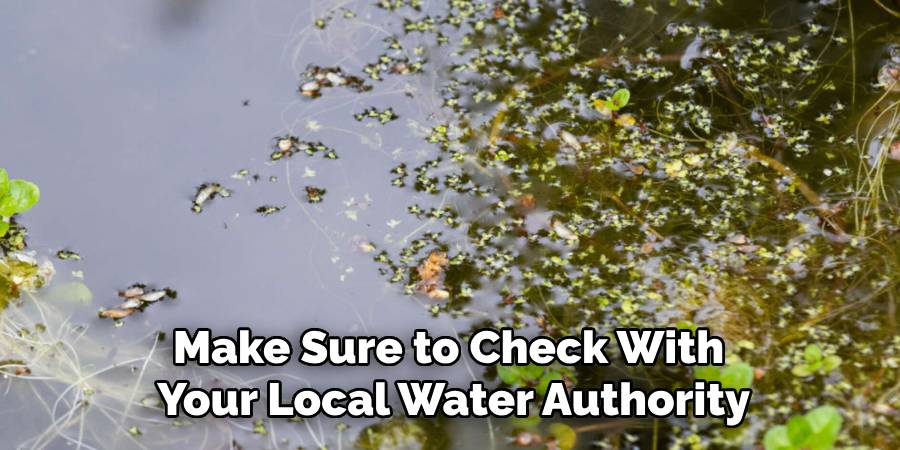
Conclusion
Creating and maintaining a bog garden can be a rewarding experience, offering a unique way to grow and care for specialized plants in a naturalistic setting. By understanding the needs of your plants, such as proper water sources and consistent moisture levels, you can ensure that your bog garden thrives.
With careful attention and a little patience, your bog garden can become a vibrant and fascinating feature in your outdoor space, supporting both plant health and local biodiversity. Thanks for reading this article on how to create a bog garden.
About
Jennifer Branett is a distinguished figure in the world of Garden design, with a decade of expertise creating innovative and sustainable indoor solutions. His professional focus lies in merging traditional craftsmanship with modern manufacturing techniques, fostering designs that are both practical and environmentally conscious. As the author of garden, Jennifer delves into the art and science of garden-fix, inspiring artisans and industry professionals alike.
Education RMIT University
(Melbourne, Australia) Associate Degree in Design (Jennifer Branett) Focus on sustainable design, industry-driven projects, and practical craftsmanship. Gained hands-on experience with traditional and digital manufacturing tools, such as CAD and CNC software.
Nottingham Trent University
(United Kingdom) Bachelor’s in Garden and Product Design (Honors) Specialized in product design with a focus on blending creativity with production techniques. Participated in industry projects, working with companies like John Lewis and Vitsoe to gain real-world insights.Publications and Impact
In indoor, Jennifer Branett his insights on Garden design processes, materials, and strategies for efficient production. His writing bridges the gap between artisan knowledge and modern industry needs, making it a must-read for both budding designers and seasoned professionals.
